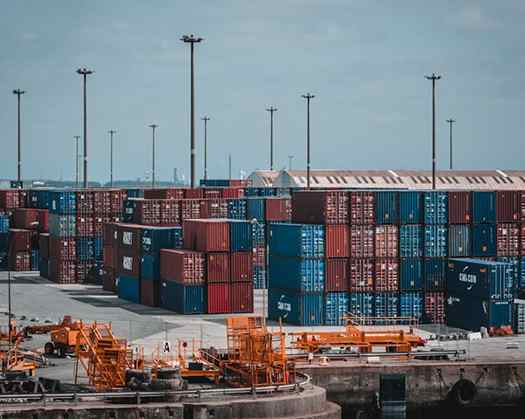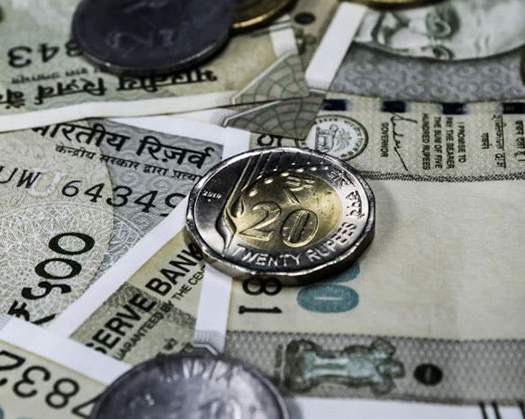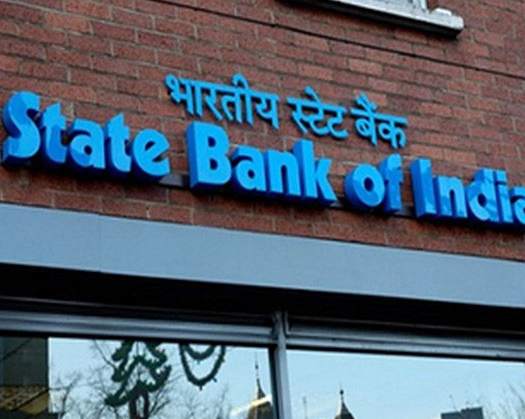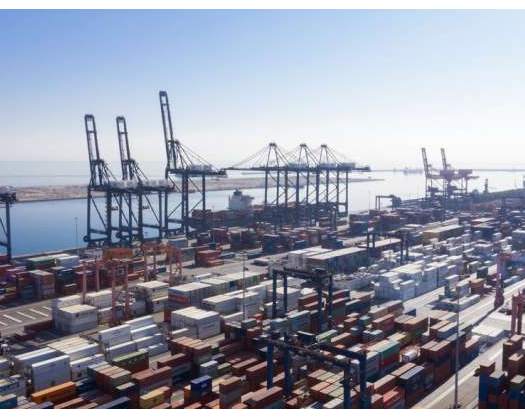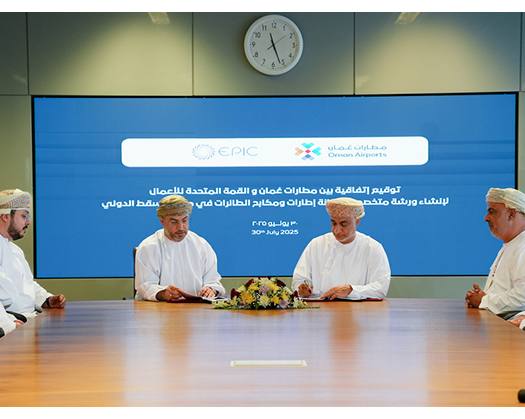New Delhi: While a potential trade agreement between India and the US may require some time to finalize, it is anticipated to occur within the next few months, potentially allowing India to increase its presence in the US market. However, a report from Morgan Stanley indicates that high tariffs between the US and China could adversely affect global growth and trade.
The report states, "We expect that India and the US will be able to finalize and implement a bilateral agreement in the coming months. Nevertheless, if tariffs between the US and China remain elevated, global growth and trade are likely to suffer."
Additionally, the report highlights that fluctuations in global capital flows and currency volatility may complicate efforts for policymakers to mitigate growth risks. However, it suggests that a timely agreement between the US and China could enhance the global growth outlook.
"On a positive note, alleviating the uncertainty stemming from tariff policy changes through a timely US-China deal could bolster the growth trajectory," the report adds.
Morgan Stanley has revised India's growth forecast down by 40 basis points to 6.1 percent for FY2026, citing the effects of global trade uncertainty. Nonetheless, it notes that the impact on India's export demand is expected to be less severe compared to other Asian nations.
Currently, India's goods exports account for about 12 percent of its GDP, one of the lowest ratios among Asian economies. Furthermore, exports to the US represent roughly 2.1 percent of GDP, while exports excluding pharmaceuticals and energy stand at 1.7 percent of GDP, marking the lowest levels in the region.
The report highlights that while India's direct trade exposure is relatively low, there may be secondary effects stemming from a slowdown in global growth, which could undermine business confidence and impact the capital expenditure (capex) cycle, ultimately affecting consumption. Currently, the export-to-GDP ratio stands at 21 percent, indicating that external demand and production cycles are closely linked; therefore, a decline in exports can negatively influence capacity utilization and the capex cycle.
Additionally, a slowdown in global growth tends to result in decreased global commodity prices, as evidenced by the recent drop in oil prices. This trend is beneficial for India, which relies on imports for over 80 percent of its oil needs.
The report also warns about the potential effects of uncertainty and slower global growth on capital inflows into India, stating that "Such an environment of global uncertainty can impede capital flows, adversely affecting both Foreign Institutional Investment (FII) and Foreign Direct Investment (FDI)."
Considering these factors, the report has revised India's growth forecast down to 6.1 percent for FY2026, with an anticipated recovery to 6.3 percent in FY2027. (ANI)

